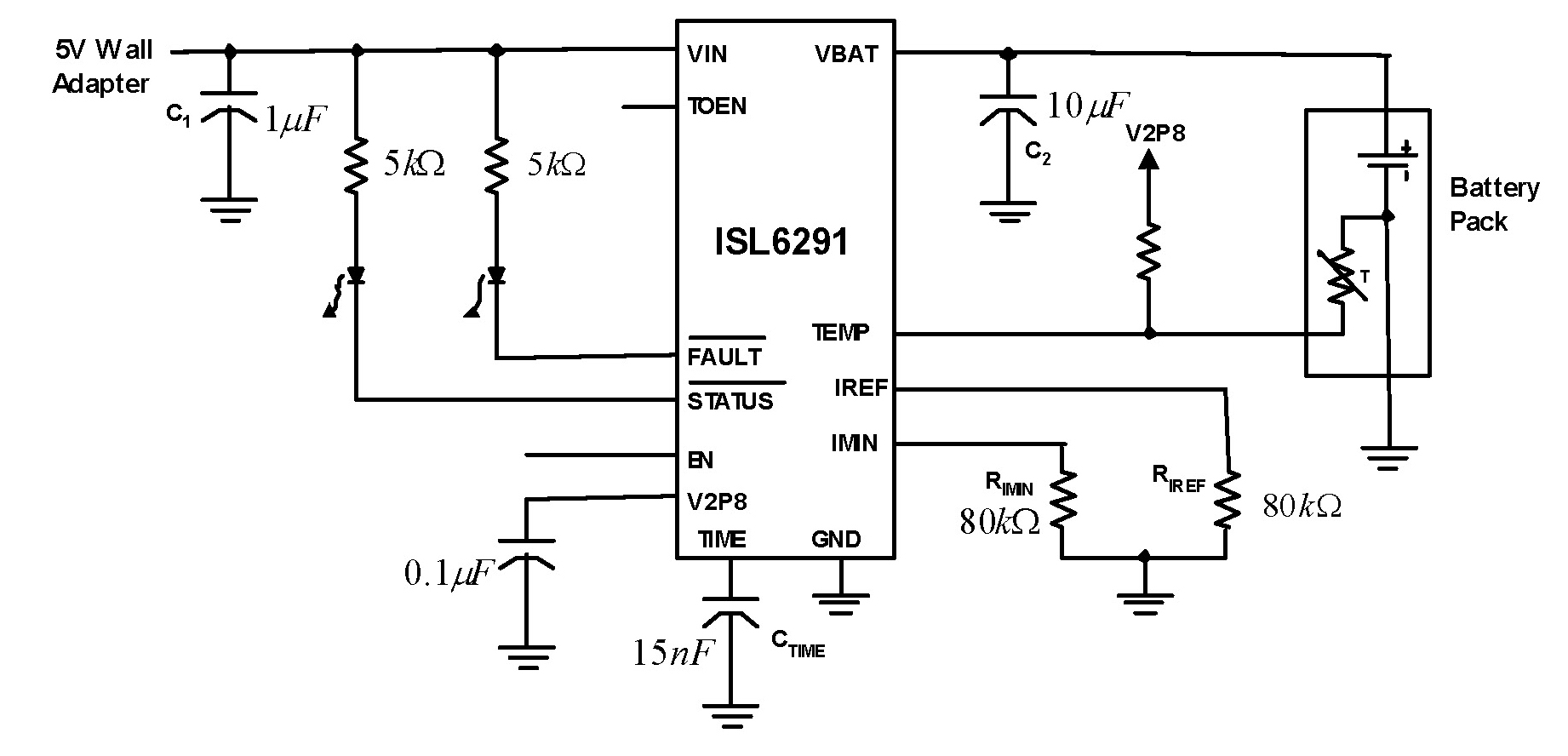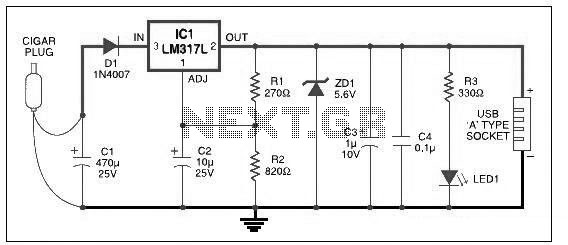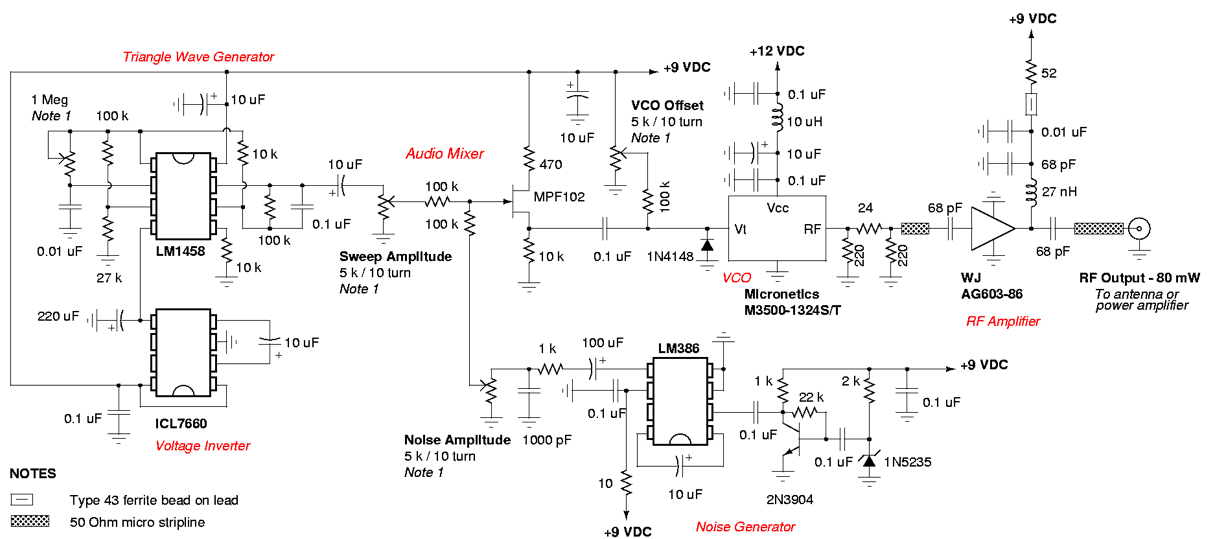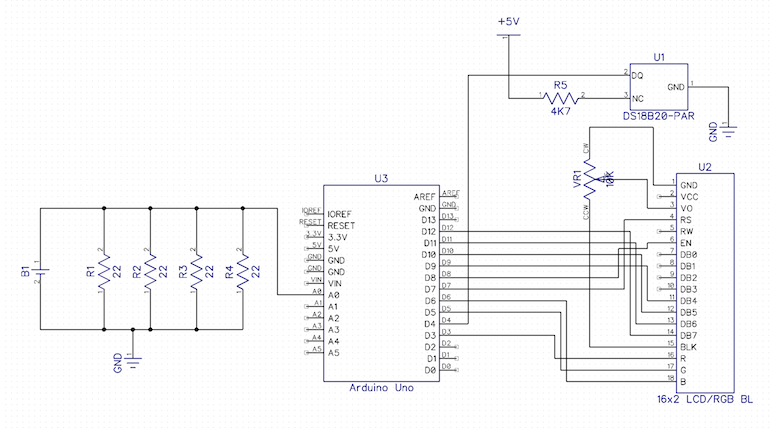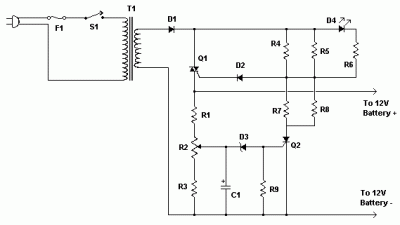
bike battery charger schematics
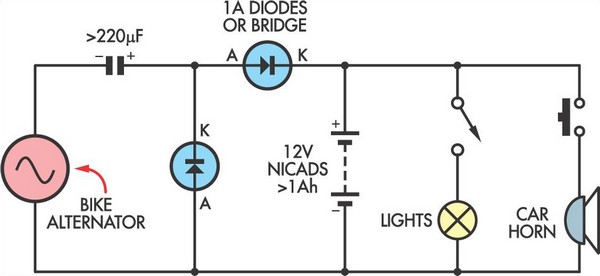
This simple circuit enables a 12V battery pack to be charged using a bike generator. The generator is rated at 3W and, with the inclusion of a voltage multiplier circuit, delivers approximately 200mA at a speed of around 15 km/h. A 12V system was selected to facilitate the use of a car horn for increased visibility. Two 6V 3W bulbs connected in series provide sufficient lighting and have a lifespan exceeding six months.
The circuit operates by harnessing the mechanical energy generated by pedaling the bike, which is converted into electrical energy by the bike generator. The generator produces an AC voltage, which is then transformed into a higher DC voltage using a voltage multiplier circuit. This voltage multiplier typically consists of diodes and capacitors arranged to increase the output voltage while rectifying the AC signal. The output is capable of supplying around 200mA, which is sufficient for charging the 12V battery pack.
The choice of a 12V battery system is strategic, as it allows for the integration of commonly available automotive components, such as a car horn, enhancing the safety and visibility of the cyclist. The use of two 6V 3W bulbs in series not only provides adequate illumination for night riding but also ensures that the lighting system operates efficiently within the constraints of the generator's output.
The circuit design should include appropriate protection measures, such as fuses or circuit breakers, to prevent overcurrent situations that could damage the components. Additionally, the battery management system should be implemented to monitor the charging process and prevent overcharging, thereby extending the life of the battery. Overall, this circuit represents an effective solution for utilizing renewable energy from cycling to power essential electrical devices.This simple circuit allows a 12V battery pack to be charged via a bike generator. The generator is rated at 3W and with this voltage multiplier circuit provides about 200mA at about 15km/h. A 12V system was chosen because it allows the use of a car horn (get noticed)! Two 6V 3W globes in series provides adequate lighting and they last more than si x months 🔗 External reference
The circuit operates by harnessing the mechanical energy generated by pedaling the bike, which is converted into electrical energy by the bike generator. The generator produces an AC voltage, which is then transformed into a higher DC voltage using a voltage multiplier circuit. This voltage multiplier typically consists of diodes and capacitors arranged to increase the output voltage while rectifying the AC signal. The output is capable of supplying around 200mA, which is sufficient for charging the 12V battery pack.
The choice of a 12V battery system is strategic, as it allows for the integration of commonly available automotive components, such as a car horn, enhancing the safety and visibility of the cyclist. The use of two 6V 3W bulbs in series not only provides adequate illumination for night riding but also ensures that the lighting system operates efficiently within the constraints of the generator's output.
The circuit design should include appropriate protection measures, such as fuses or circuit breakers, to prevent overcurrent situations that could damage the components. Additionally, the battery management system should be implemented to monitor the charging process and prevent overcharging, thereby extending the life of the battery. Overall, this circuit represents an effective solution for utilizing renewable energy from cycling to power essential electrical devices.This simple circuit allows a 12V battery pack to be charged via a bike generator. The generator is rated at 3W and with this voltage multiplier circuit provides about 200mA at about 15km/h. A 12V system was chosen because it allows the use of a car horn (get noticed)! Two 6V 3W globes in series provides adequate lighting and they last more than si x months 🔗 External reference

